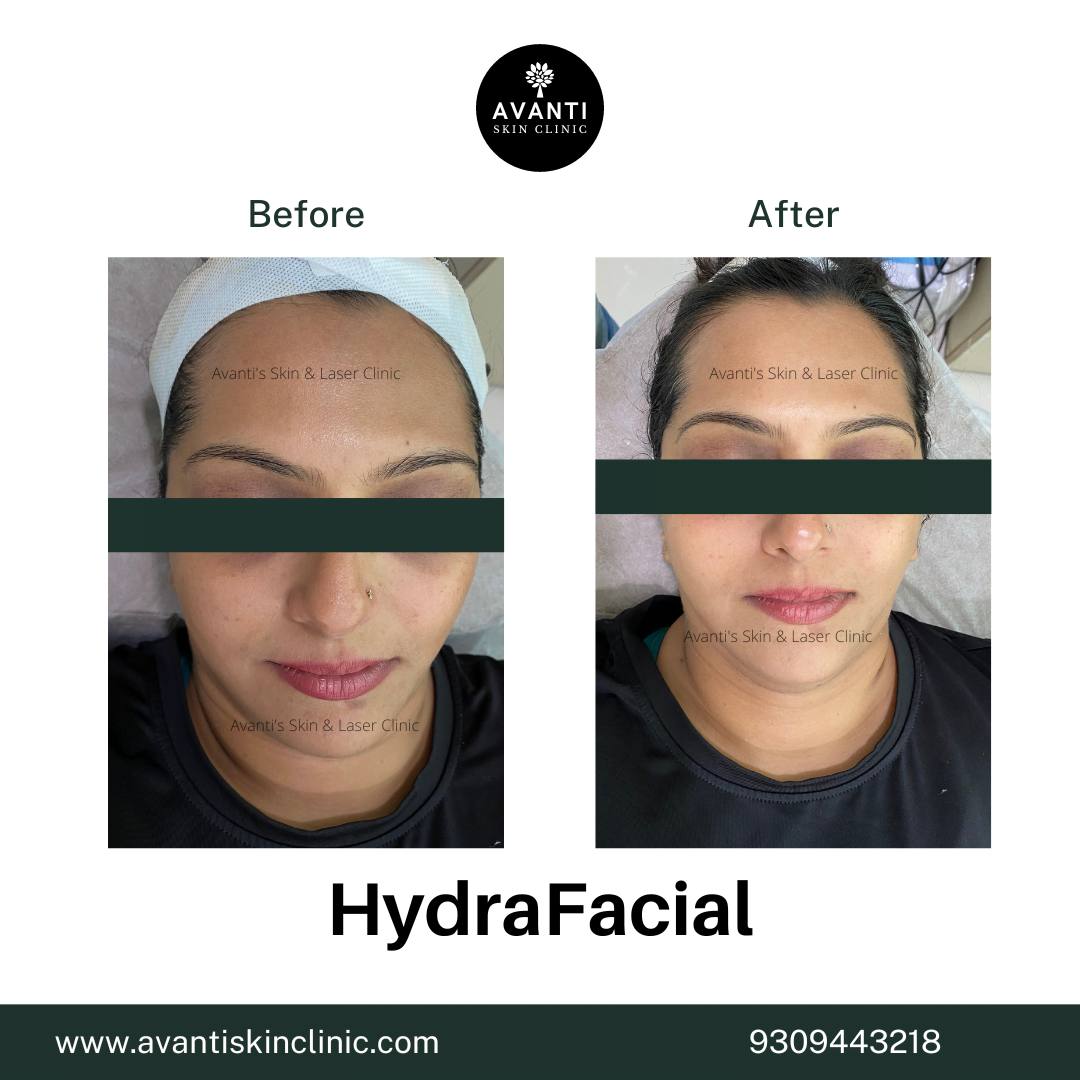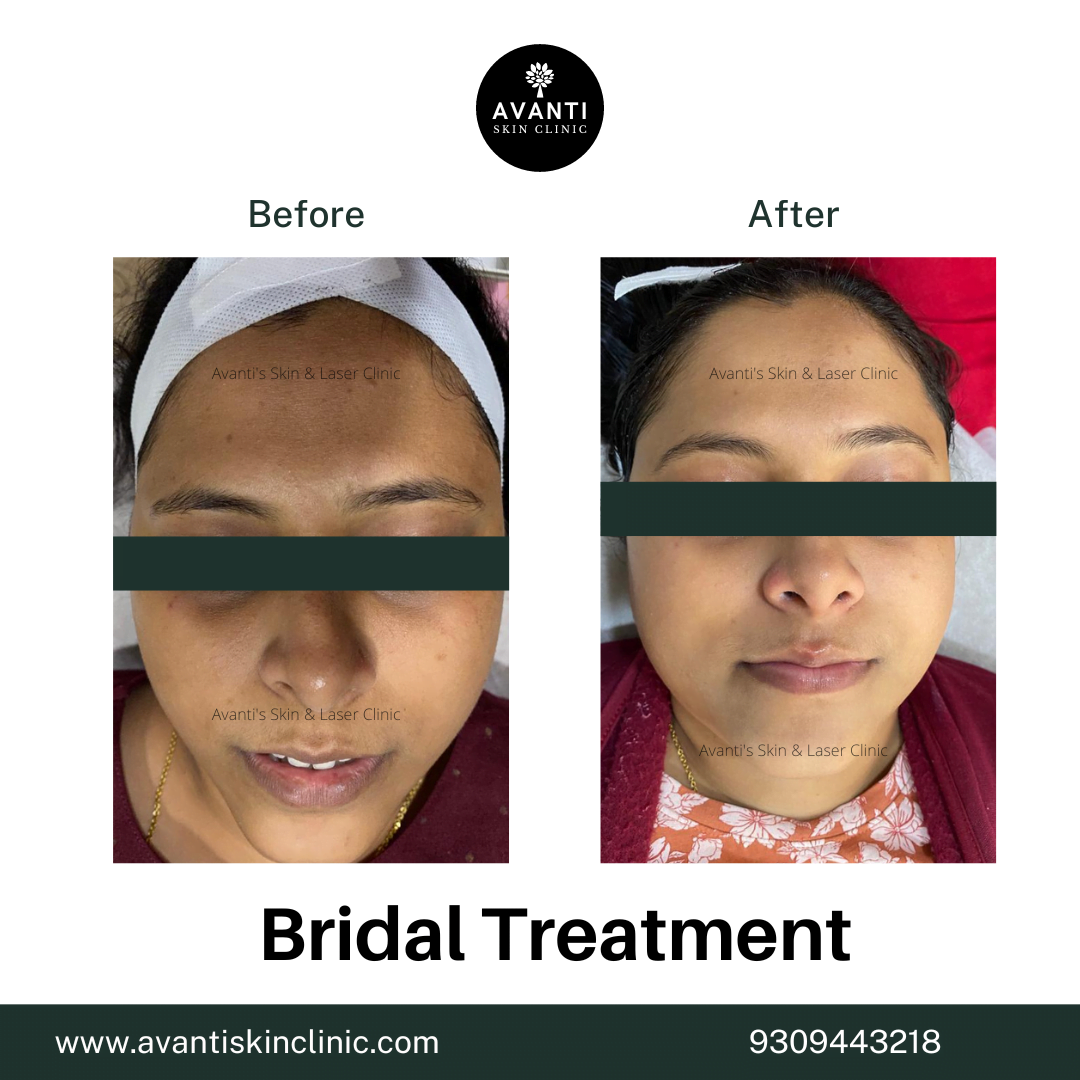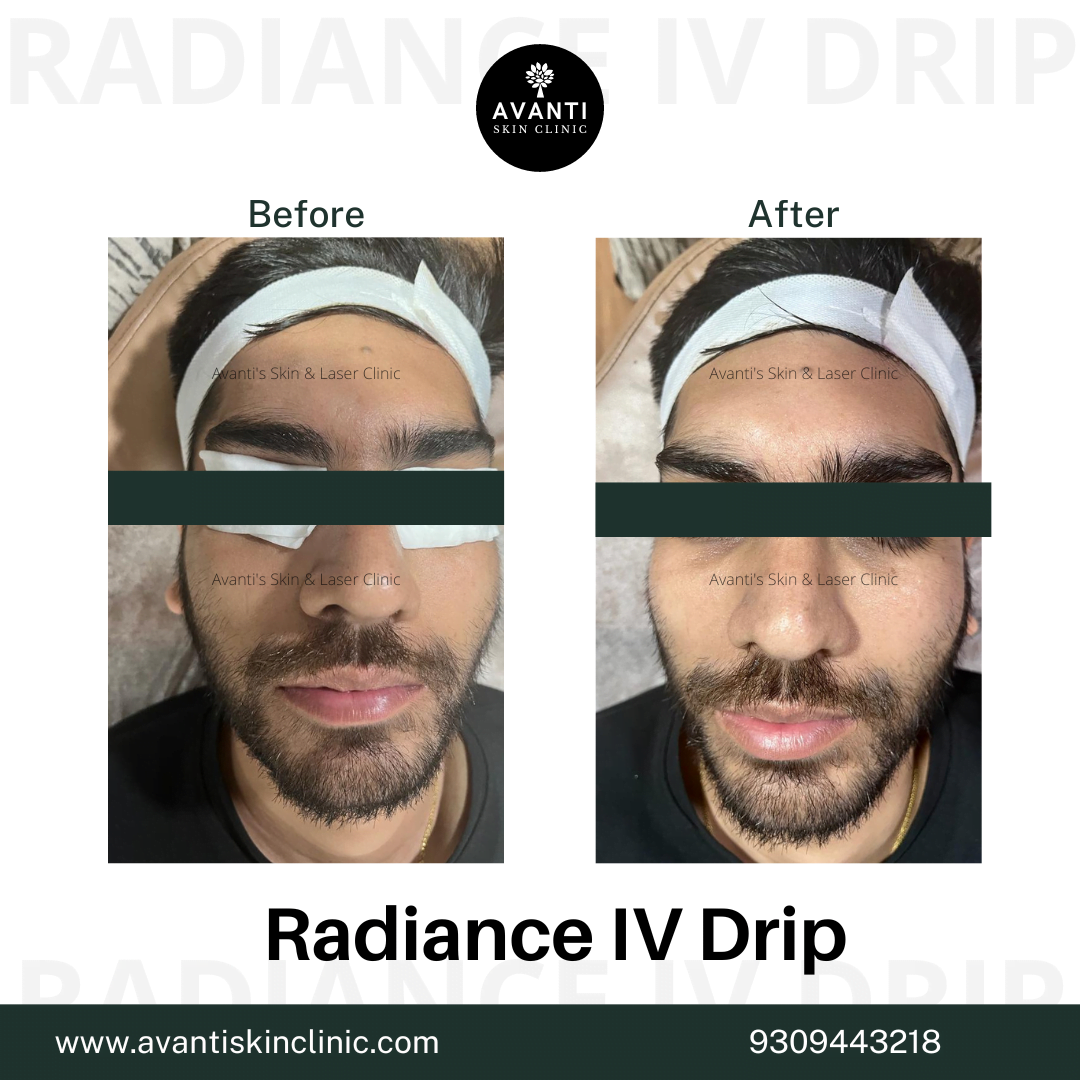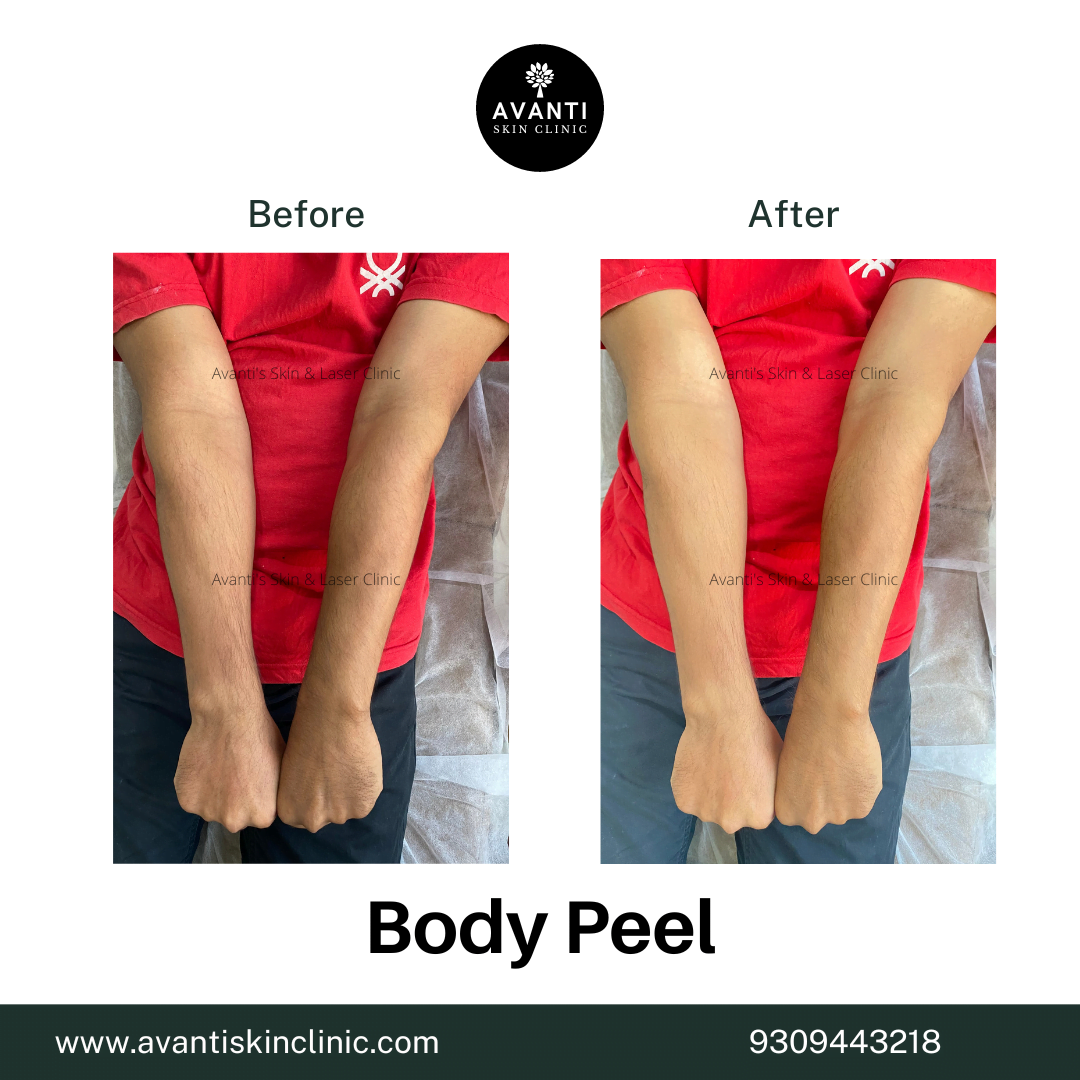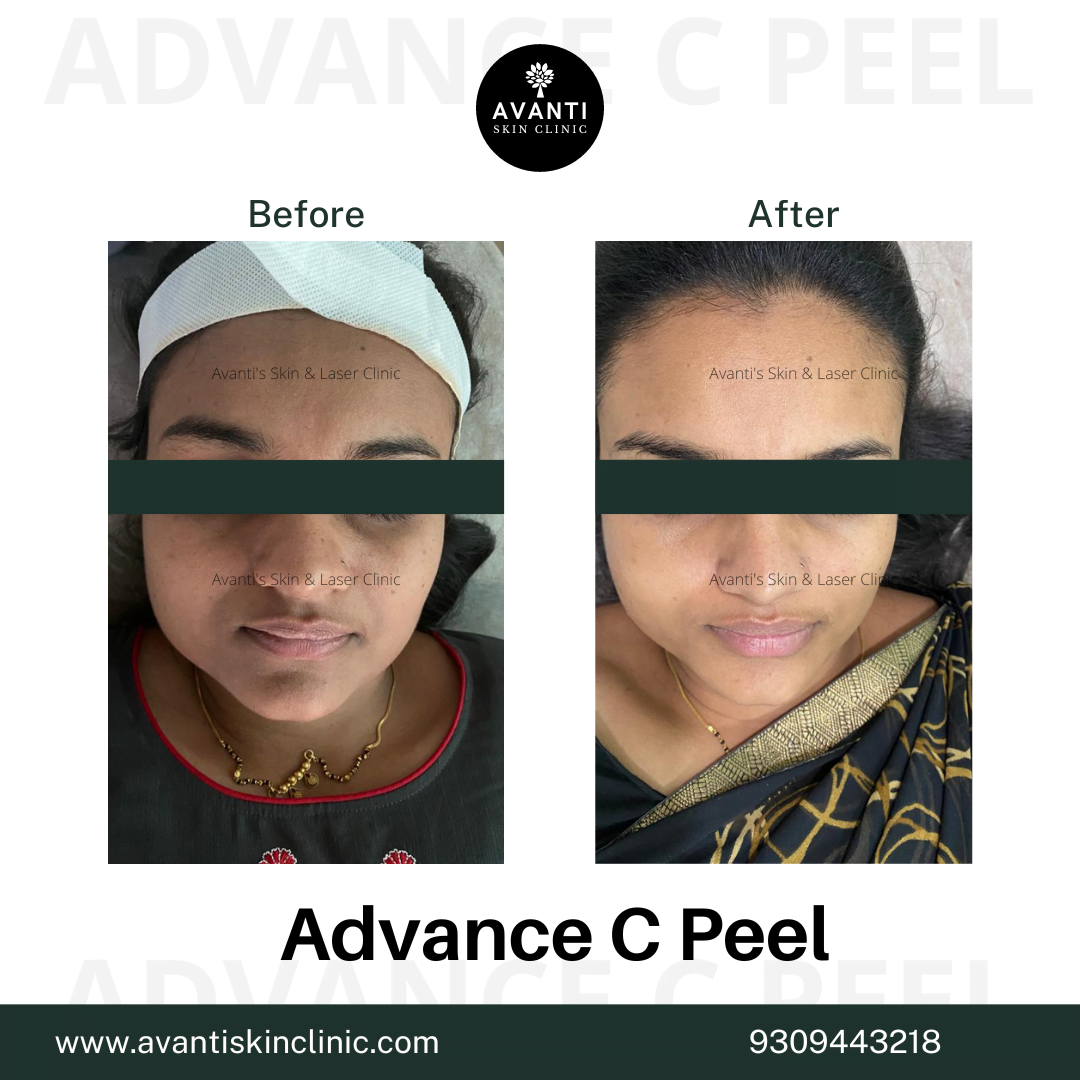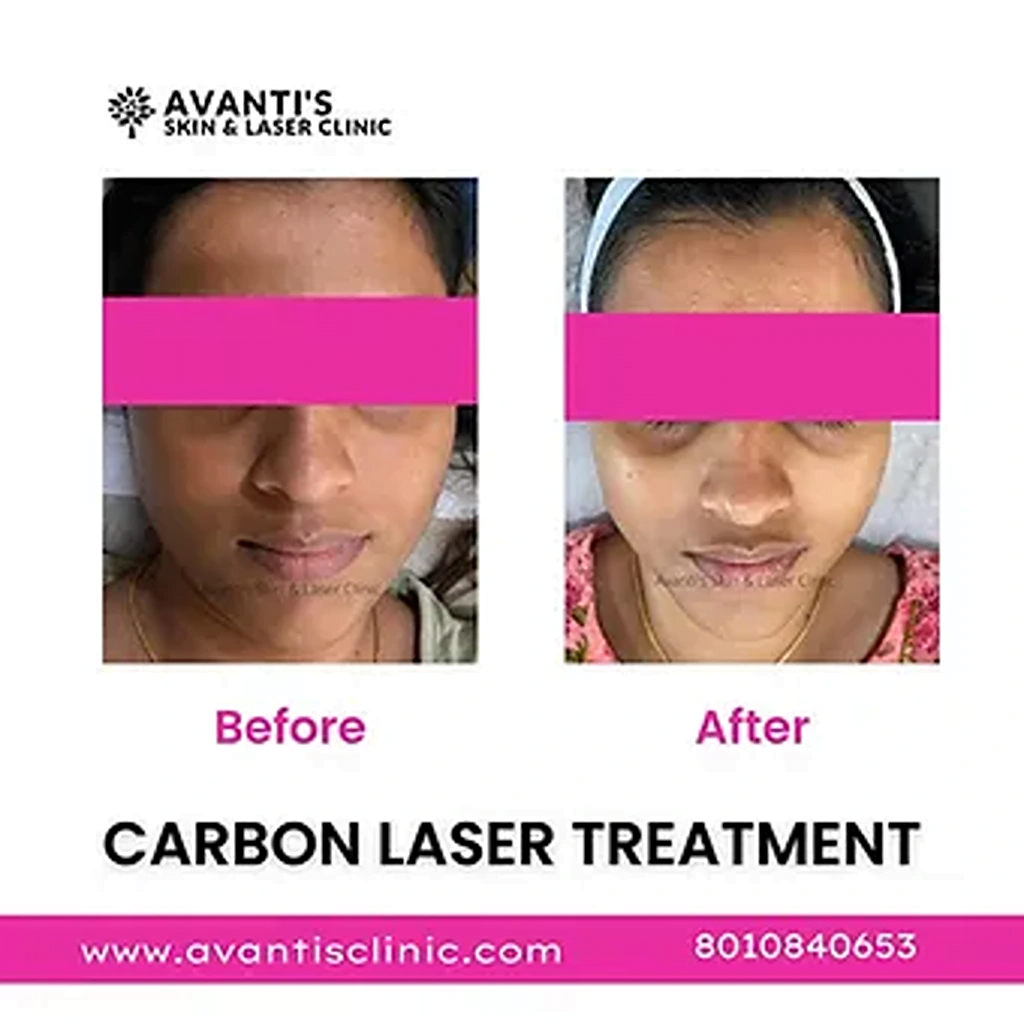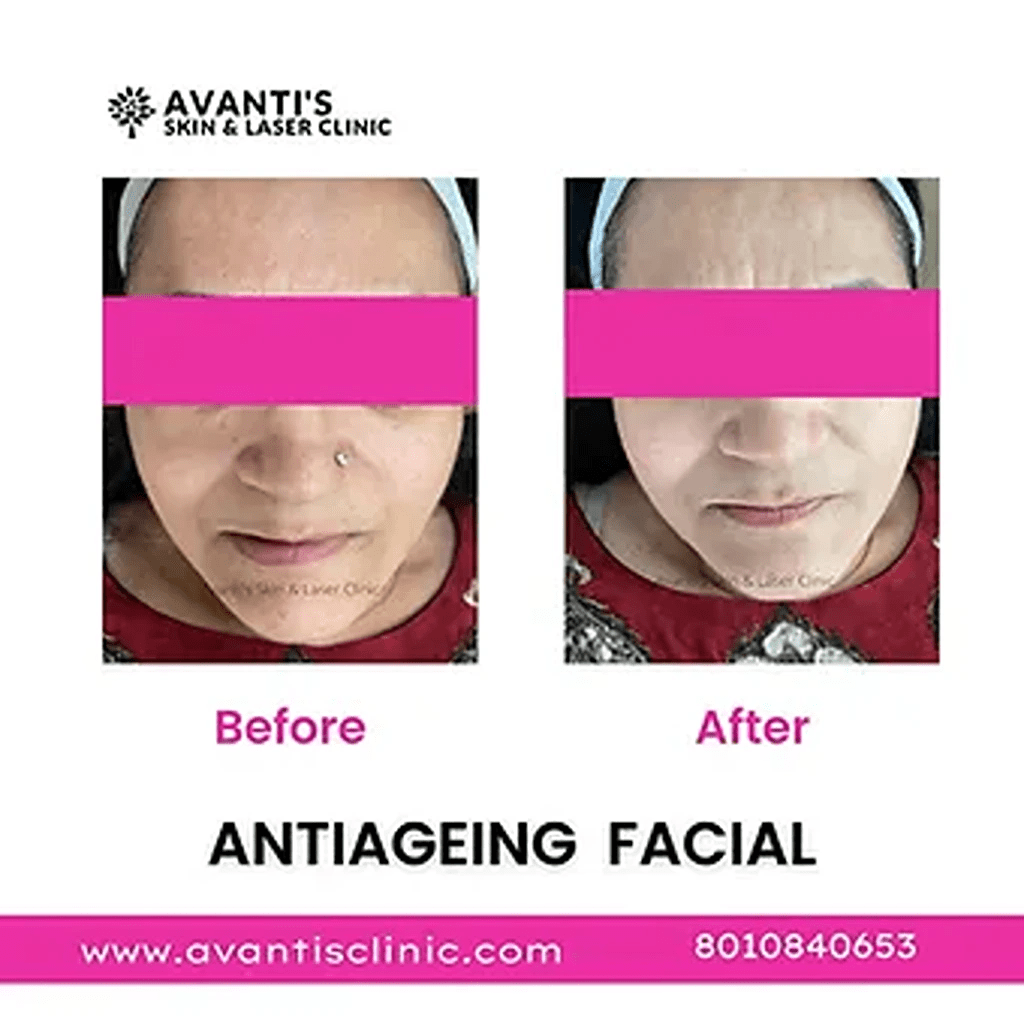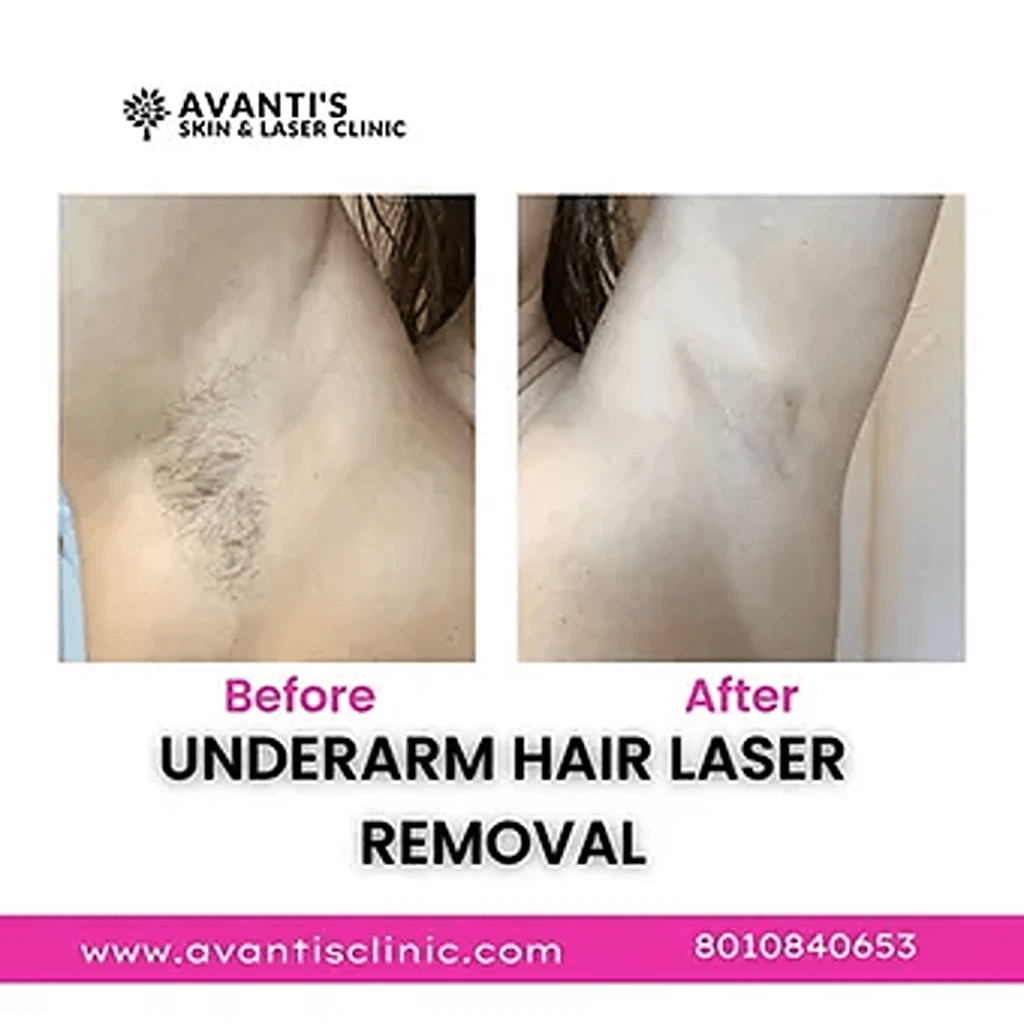Chemical Peels for Melasma: Do They Really Work?
Melasma can be one of the most stubborn skin conditions to treat. Those patchy brown or greyish spots that appear on the cheeks, forehead, or upper lip often seem to resist creams and home remedies alike. While sun exposure, hormones, and genetics are the main culprits, many people wonder whether a professional chemical peel for melasma can actually make a difference.
Dermatologists often recommend peels as part of a treatment plan — but do they truly work? Let’s break down how they help, what types are used, and what to expect before and after treatment.
Understanding Melasma
Melasma is a form of hyperpigmentation caused by overproduction of melanin, the pigment that gives your skin its colour. It’s common in Indian skin tones and often triggered by factors such as:
- Prolonged sun exposure
- Hormonal changes (like pregnancy or birth control pills)
- Genetics
- Heat or inflammation
- Certain medications or cosmetic procedures
Unlike typical tanning or dark spots, melasma occurs deeper within the skin, making it more resistant to regular topical treatments. That’s where chemical peels can play a vital role — by targeting both surface and deeper layers of pigmentation.
How Chemical Peels Work
A chemical peel treatment for melasma involves applying a solution of acids to the skin, which gently exfoliates the top layers and promotes the growth of new, evenly toned skin. The intensity of the peel depends on the type of acid and its concentration.
When done under professional supervision, peels can:
- Break down excess melanin in the skin
- Improve texture and brightness
- Stimulate collagen production for overall rejuvenation
- Help other topical treatments penetrate more effectively
Because melasma involves both the epidermis (surface) and dermis (deeper layer), dermatologists choose peels carefully to minimise irritation while delivering visible results.
Types of Chemical Peels for Melasma
There’s no one-size-fits-all approach. The choice of peel depends on the severity and depth of pigmentation, as well as your skin type and tolerance.
- Glycolic Acid Peel
Derived from sugarcane, this alpha hydroxy acid (AHA) peel exfoliates the surface layer of the skin and helps lighten mild to moderate pigmentation. It’s one of the most commonly used peels for melasma because of its brightening and smoothing effects. - Lactic Acid Peel
A gentler AHA option, suitable for sensitive or dry skin. It improves hydration while reducing pigmentation gradually, making it ideal for people who can’t tolerate stronger acids. - Salicylic Acid Peel
This beta hydroxy acid (BHA) peel helps with oily, acne-prone skin and can also reduce dark spots caused by inflammation. It works by clearing pores and brightening uneven tone. - Jessner’s Peel
A combination of lactic acid, salicylic acid, and resorcinol. This medium-depth peel targets stubborn pigmentation, acne marks, and rough texture. - TCA (Trichloroacetic Acid) Peel
A deeper peel is used for more resistant melasma. It penetrates further into the dermis, breaking up clusters of pigment and promoting even skin regeneration. - Cosmelan or Dermamelan Peel
Advanced depigmenting systems are often used by dermatologists in Pune and other cities. These medical-grade peels combine multiple acids and active ingredients to suppress melanin production while exfoliating existing pigmentation.
How Many Sessions Are Needed
A single peel won’t completely erase melasma — it’s a gradual process. Most patients require a series of 4–6 sessions, spaced 3–4 weeks apart, to see visible improvement.
Lighter peels like glycolic or lactic can be repeated more frequently, while stronger ones like TCA or Jessner’s may require longer intervals. Your dermatologist will adjust the schedule based on your skin’s recovery rate.
What to Expect During the Procedure
A typical chemical peel and melasma session follows these steps:
- The skin is cleansed to remove oil and debris.
- The peel solution is applied evenly across the treatment area.
- You might feel mild tingling or warmth for a few minutes.
- The peel is neutralised and removed.
- A calming cream and sunscreen are applied to protect the skin.
The session usually takes 30–45 minutes, and there’s minimal discomfort when performed correctly.
After the Peel: Recovery and Results
After a chemical peel, mild redness and peeling can occur for 3–5 days, depending on the depth of the peel. It’s essential to follow your dermatologist’s aftercare instructions to avoid irritation or post-inflammatory pigmentation.
Aftercare tips:
- Avoid sun exposure completely for at least 5–7 days.
- Apply a broad-spectrum sunscreen daily, even indoors.
- Keep the skin hydrated with a gentle, fragrance-free moisturiser.
- Do not pick or peel flaking skin — let it shed naturally.
- Avoid retinol or exfoliating products for at least a week post-treatment.
You’ll begin noticing brighter, more even skin after 2–3 sessions. For most people, full results appear after completing the recommended course of peels.
Do Chemical Peels Really Work for Melasma?
Yes — but with some caveats. Chemical peels can significantly improve melasma when performed under professional supervision and combined with proper maintenance. However, they are not a permanent cure.
Melasma is a chronic condition that can recur with sun exposure or hormonal changes. Peels help manage and reduce its appearance, but long-term results depend on diligent aftercare and prevention.
Dermatologists often combine peels with topical treatments such as hydroquinone, azelaic acid, or tranexamic acid to prolong results. Consistent sun protection remains the most crucial part of maintenance.
Potential Side Effects
When done correctly, peels are safe. However, side effects may occur if performed by inexperienced practitioners or without adequate sun protection. These include:
- Temporary redness and irritation
- Post-inflammatory hyperpigmentation (darkening of treated skin)
- Mild peeling or dryness
- Increased sensitivity to sunlight
Always ensure your peel is performed by a qualified dermatologist who tailors the treatment to your skin type.
Professional Advice from Avanti Skin Care
At Avanti Skin Care, we understand that melasma requires a personalised and cautious approach. Our dermatologists assess your skin’s depth of pigmentation, sensitivity, and overall condition before recommending the right chemical peel treatment for melasma.
We often combine gentle medical peels with targeted skincare and sun protection plans to achieve visible, long-lasting improvement. Every session is monitored for safety and comfort to ensure your skin recovers smoothly.
Preventing Melasma from Coming Back
Even after successful treatment, preventing recurrence is key:
- Apply sunscreen (SPF 50 or higher) every morning without fail.
- Avoid excessive heat and direct sunlight.
- Incorporate antioxidants like vitamin C into your routine.
- Maintain a consistent skincare regimen with dermatologist-approved products.
Schedule maintenance treatments every few months if needed.
No. Chemical peels significantly reduce pigmentation and improve appearance, but melasma can recur with sun exposure or hormonal changes.
Typically, 4–6 sessions spaced 3–4 weeks apart are recommended for visible improvement.
Yes, when performed by experienced dermatologists using appropriate concentrations and types of acids suitable for Indian skin tones.
Glycolic and lactic acid peels are great for mild cases, while TCA or combination peels work better for deeper pigmentation. Advanced systems like Dermamelan are also effective.
Mild redness and peeling may last a few days, but you can resume most activities immediately. Avoid sun exposure and follow aftercare instructions closely.
DIY peels are not recommended. Professional treatments are safer and more effective because they are tailored to your skin’s needs.
Improper use or skipping sunscreen after treatment can worsen pigmentation. Always follow professional advice and sun protection measures.
Most patients notice brighter skin after 2–3 sessions, with more dramatic improvement after completing a full course.


